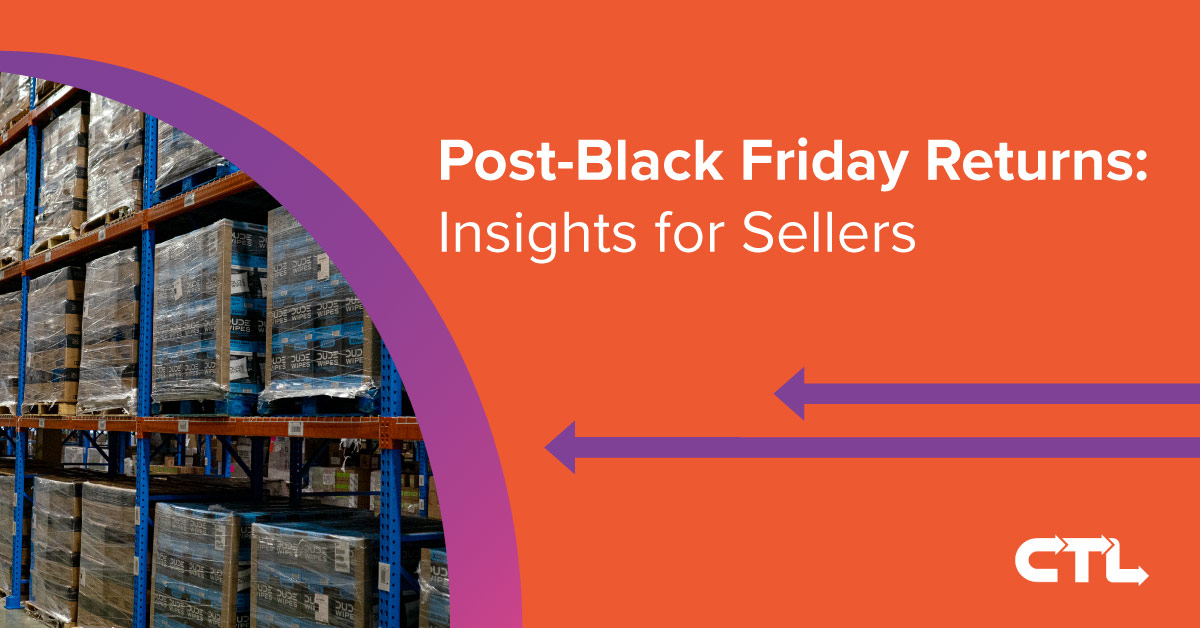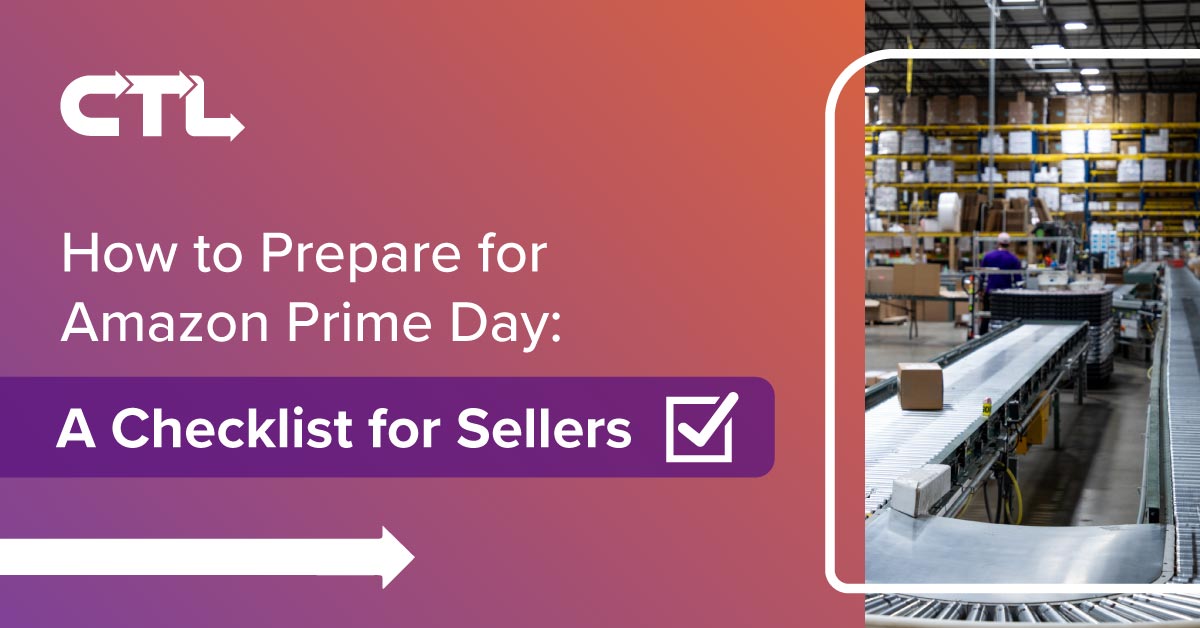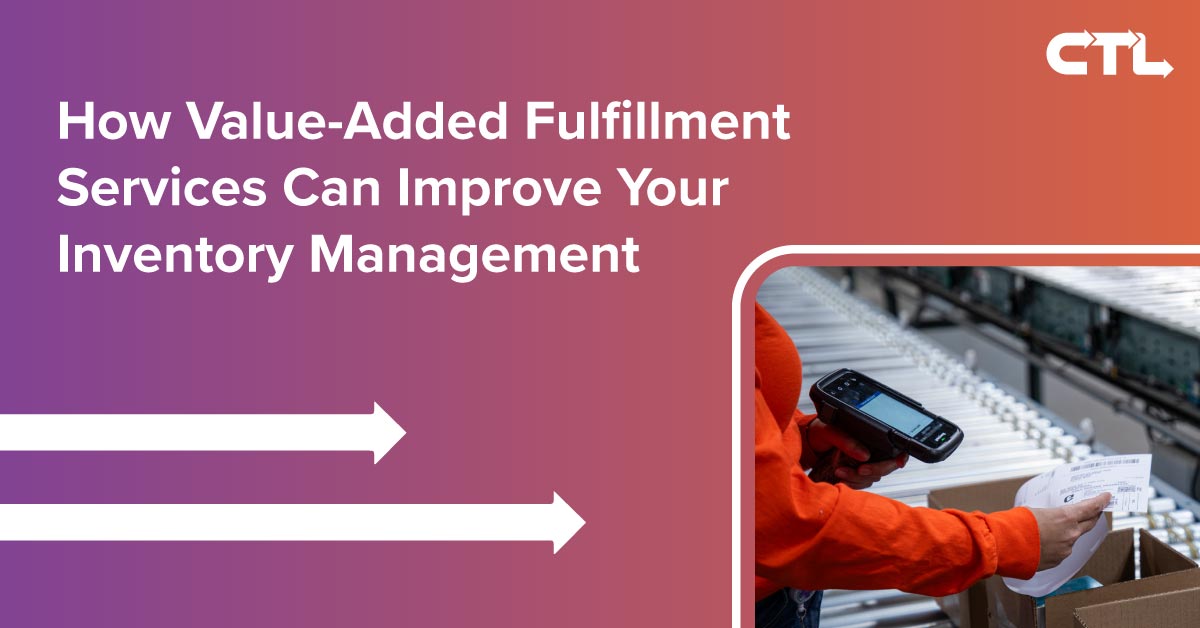Navigating Post-Black Friday Returns: Insights for Sellers
Unprecedented Growth and Consumer Demand
Black Friday 2024 has solidified its status as the year’s premier shopping event. Key sectors such as electronics, home goods, and apparel led the charge, with consumers snapping up deals on everything from smart devices to winter essentials. This year saw record-breaking projections, with online sales at $10.8 billion on Black Friday, marking a more than 10% increase from 2023, according to data from Adobe Analytics. Shoppers’ preferences for convenience drove mobile purchases and expedited delivery options, signaling the critical role of streamlined logistics and fulfillment during peak periods.
The Reality of Returns: A Growing Challenge
The excitement of Black Friday often gives way to the logistical challenge of returns. The exact numbers of the returns can vary, but a recent study by Shopify put the average return rate for ecommerce at nearly 18%, equating to billions of dollars in merchandise and operational strain. Consumer expectations on returns run high, as refund rates, return windows, and inquiry times all present hurdles for a retailer to leap in pursuit of repeat customers.
Meeting these expectations requires an efficient, scalable strategy to process returns without compromising customer satisfaction or ongoing sales momentum.
Turning Returns into Opportunities
To manage the influx of returns, sellers can leverage the expertise of their 3PL partner. These partners specialize in reverse logistics, ensuring returns are processed quickly and that inventory is updated accurately to help sellers maintain correct inventory levels and reduce the risk of shortages.
By partnering with a 3PL, sellers can tackle the complexities of returns while ensuring a seamless customer experience and maximizing holiday sales opportunities.
Need tailored logistics solutions? Let us help!













